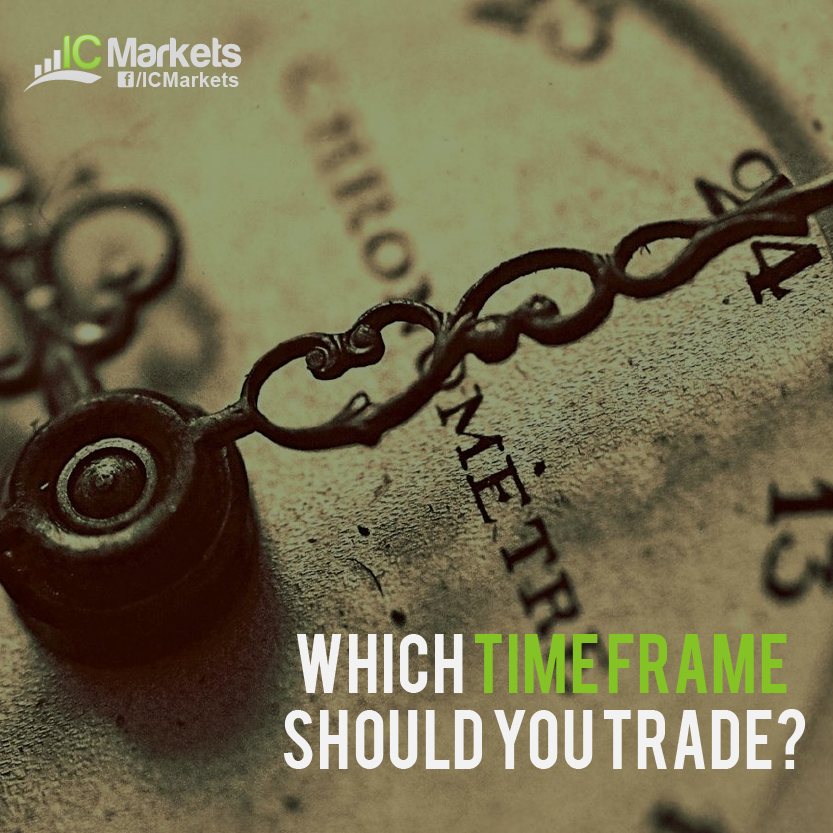Another very important factor to consider when it comes to developing your own trading plan is which time frame to use. This depends on how comfortable you are with volatility and how long you plan to hold on to your trades.
Traders who thrive in fast-paced price action and are able to think clearly in times of stress or information overload usually employ a scalp trading strategy. This can involve trading around more volatile market hours, such as session overlaps or during economic data releases. Profit targets are usually small and booked quickly while stops are generally tight.
If this kind of trading style appeals to you, then you could work with short-term charts, such as the 15-minute or 1-hour time frames. Some scalp traders even try their hand at 5-minute or 1-minute charts! This demands laser-like focus, as small price ticks or micro-pip moves could lead to considerable profits or losses.
Meanwhile, traders who are more patient and would rather hold on to trades based on long-term trends might want to stick with position trades. More often than not, this suits traders who are more comfortable with fundamental analysis and long-term economic biases, which often determine how currency pairs will fare in the next few weeks or months.
Having this kind of trading style involves looking at longer-term charts, such as the daily or weekly time frames to gauge bigger picture trends. Small retracements or medium-term trend pullbacks hardly bother position traders, as long as signals indicate that the longer-term trend is still intact. For some position traders, active trade management is often employed when it comes to scaling in or out of positions to improve profitability.
The middle ground between scalp trading and position trading is day trading, which can simply involve opening and closing positions within a day or a few days. This often involves multiple time frame analysis, as day traders often base their biases on longer-term trends then zoom in to medium-term charts in order to determine entry and exit levels.
This kind of trading style might work for you if you are able to monitor the markets and check on your charts regularly in a day and if you can be able to make adjustments when market catalysts come up or unprecedented events take place. Studying hourly charts, such as the 1-hour and 4-hour time frames, is usually part of this kind of trading style.
When you are starting out with trading, you can get a general sense of which trading strategies you might be more comfortable with. Do you panic when price suddenly starts spiking around? Or do you get easily bored when you’ve kept a trade open for nearly a week? Are you able to come up with a trade idea for news events? Can you think fast or do you freeze when something unexpected happens in the markets?
These are just some of the questions you might want to answer during the course of your learning experience, as you try to observe how various factors affect your decision-making process. At the end of the day, it is important that you stick with what you’re comfortable with and what works for you.


